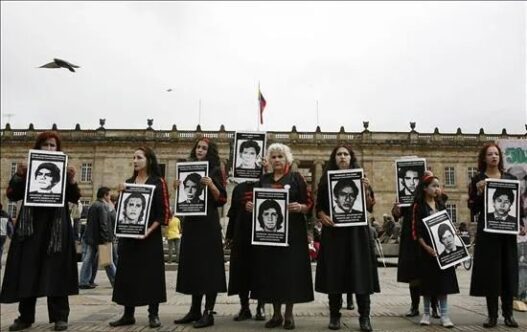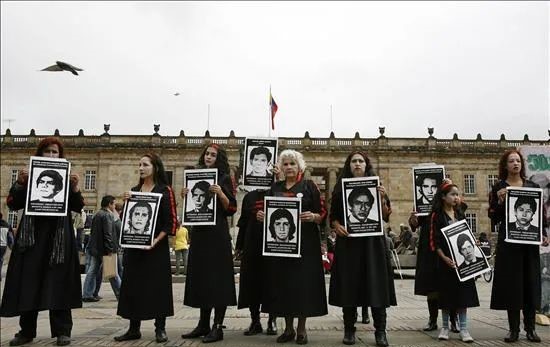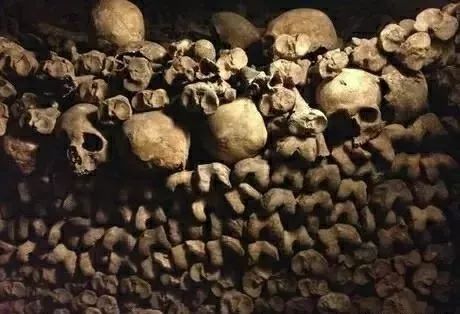Today, the United Nations released an investigation report revealing that 20,000 bodies were found in the hangars of the airport in Bogotá, the capital of Colombia. The news, due to its sheer horror and numerous inconsistencies, has sparked global discussion.
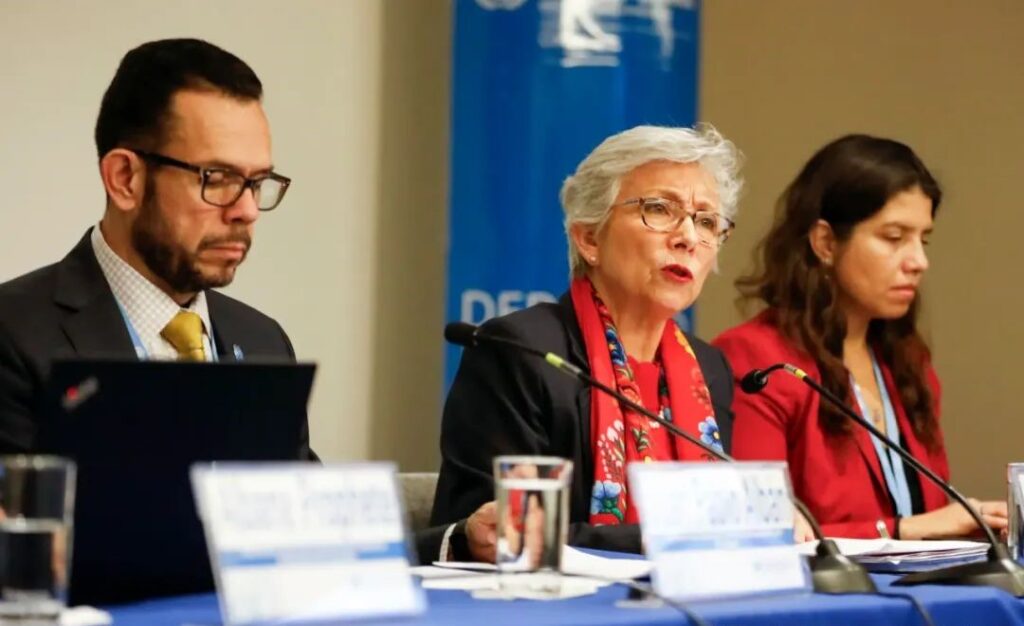
(Scene from the UN Committee on Enforced Disappearances press conference on the 5th)
Strangely, the airport responded that it was unaware of the situation, while Colombian authorities claimed that after inspecting 27 hangars, no bodies were found. Many began to speculate whether this was a case of mass murder, a terrorist attack, or simply a cover-up with lies…
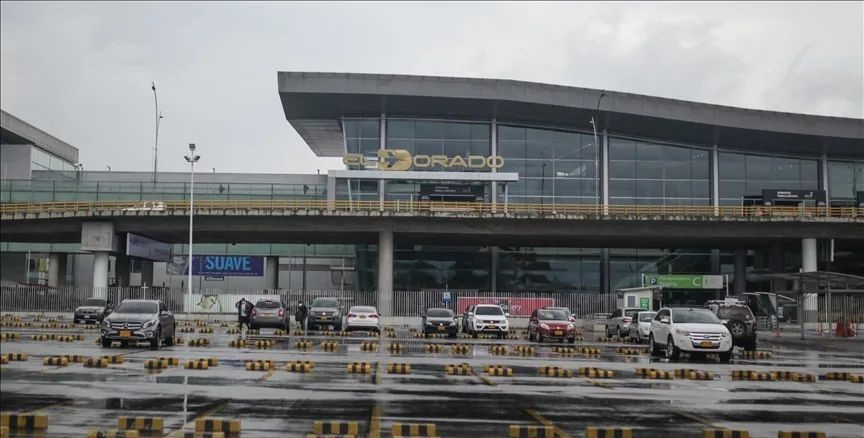
(Bogotá Airport)
The figure of “20,000 bodies” was published by the United Nations Committee on Enforced Disappearances (CED) after their recent visit to Colombia. The terrifying number of stacked bodies is even more heart-wrenching than an attack…
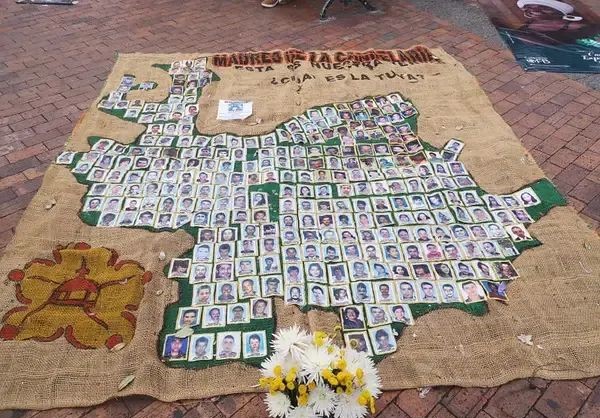
(A memorial ceremony for missing persons in Colombia)
However, the truth might surprise people. In a sense, the appearance of a heap of mysterious bodies in Colombia can be considered the country’s “norm.”
As the name of CED (Committee on Enforced Disappearances) suggests, the committee investigated “enforced disappearances” in Colombia.
Colombia has long had numerous cases of disappearances related to forced conscription, human trafficking, displacement, drug cartels, immigration, and social protests. Many people have left their families and never been heard from again, becoming part of the missing persons issue.
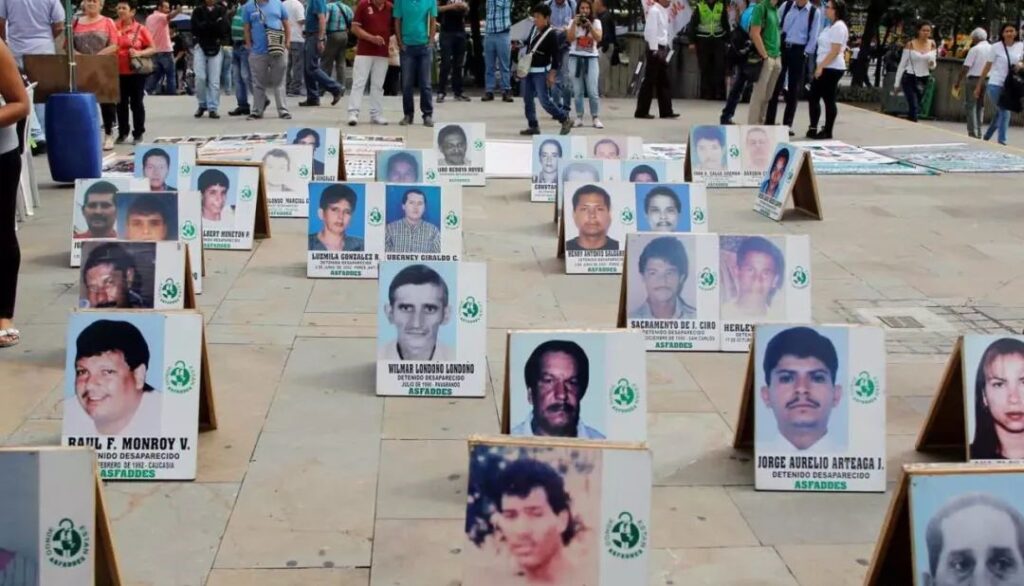
The domestic conflict between the Colombian government and revolutionary armed forces has also led to many tragedies. In some cases of enforced disappearance, many people were kidnapped, tortured, and then killed, disappearing without a trace.
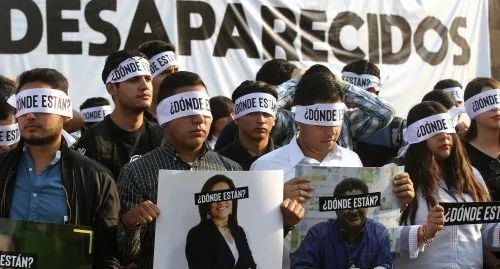
Their bodies are often hidden in unknown locations, with the airport mentioned by the UN committee being used as one of the places to store these bodies.
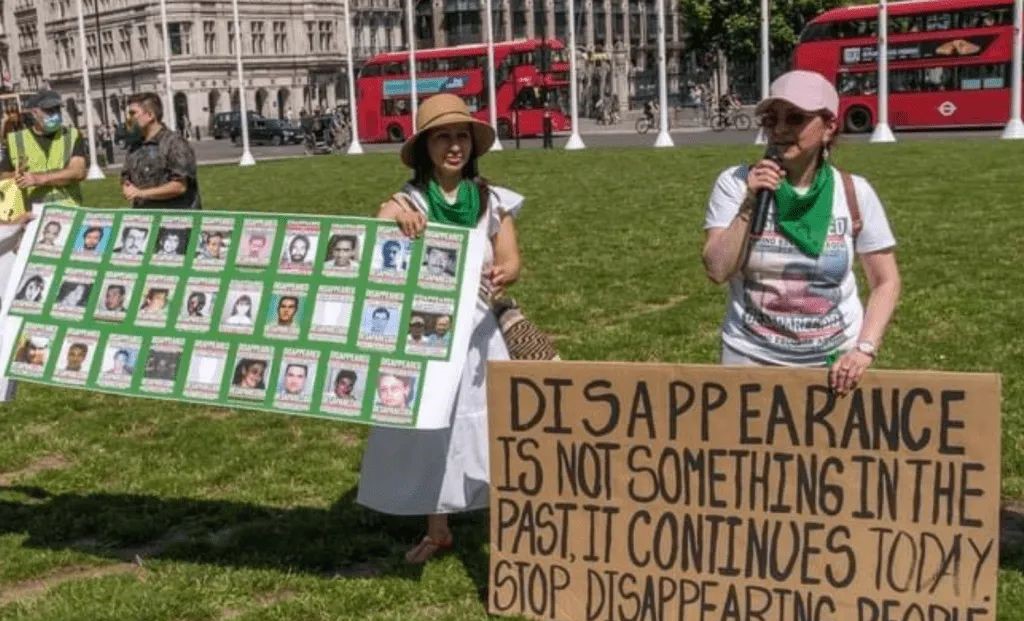
(“Please don’t let people disappear without reason”)
Due to the lack of a reliable missing persons registration system, the problem has become even more severe.
There are discrepancies between records of different agencies, making it impossible to provide a specific number of missing people or discovered bodies.
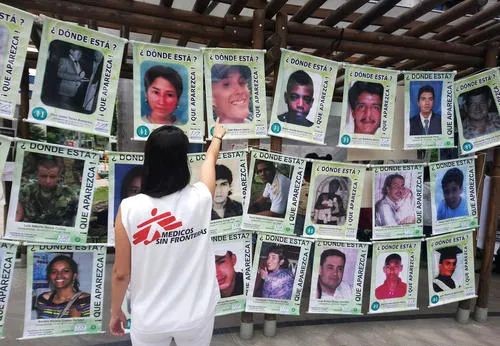
During this investigation, the committee estimated the number of missing persons to be between 98,000 and 200,000 (out of Colombia’s population of 52.09 million).
Tens of thousands of unidentified bodies lie in poorly managed cemeteries or storage facilities, with the 20,000 unidentified bodies in the airport hangars likely originating from this issue.

With government inaction, citizens are left to fend for themselves.
Yaneth is one of the organizers who persists in helping others find their missing loved ones. In 1987, her 27-year-old sister was “forcibly disappeared” by the Colombian military, and she and her father searched tirelessly but never found any answers.
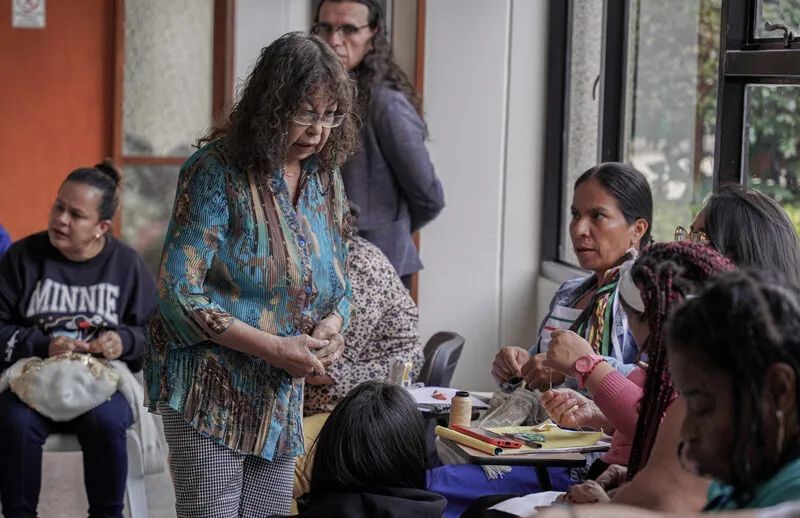
It wasn’t until three years later, with the help of a lawyer, that Yaneth’s family found a witness from the Colombian military.
According to the witness, her sister had been murdered and buried in a rural town near Bogotá. The family later found and buried Yaneth’s sister’s body, but they would never receive the justice they deserved.
Since then, Yaneth began advocating for legal changes, spending seven years in forced exile abroad. Upon returning to Colombia in 2007, she founded a mutual aid organization to help others find their missing relatives.
But everyone knows that this road is truly long and arduous…
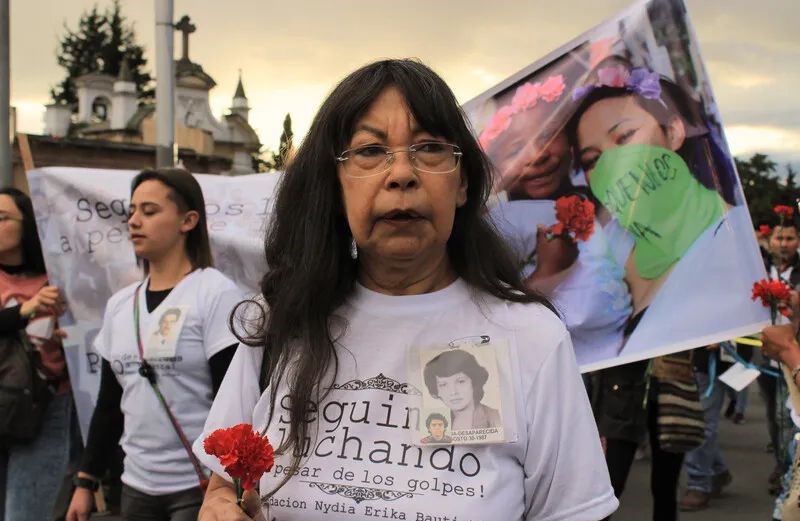
Maria and her husband, living on the border between Colombia and Venezuela, also suffer from the anguish of a missing family member.
In 2021, their son Alexis found a job selling Christmas lights, but after delivering an order, he never returned home.
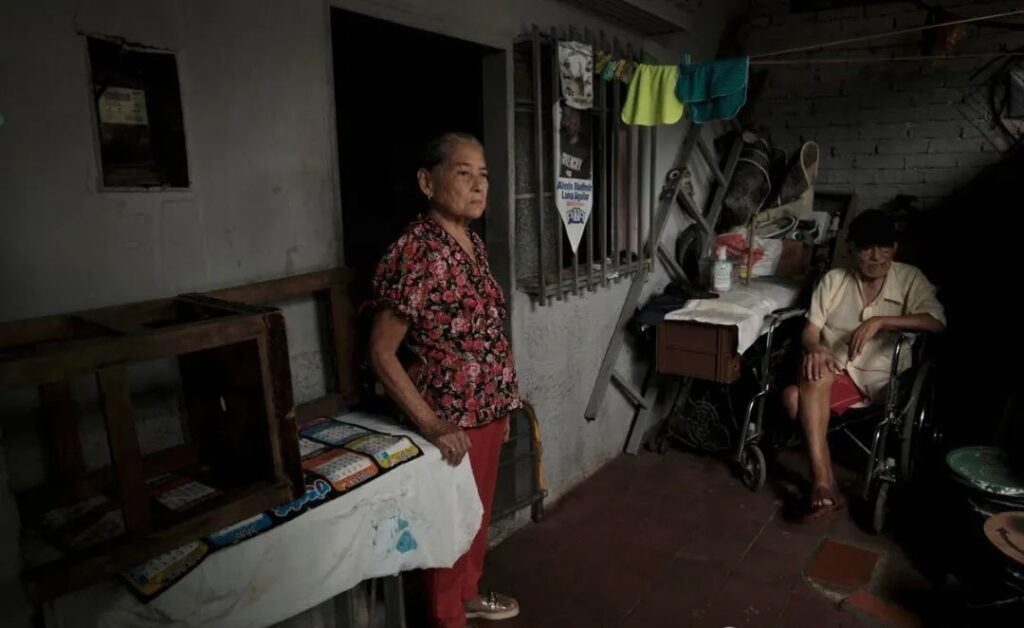
His family couldn’t find his body, nor the motorcycle he was riding that day. They visited every morgue, hospital, and prison, and reported his disappearance to the authorities.
In their eyes, the authorities might not even initiate an investigation. The last time Alexis was seen was in a small town in the south. The family could only go door-to-door with his photo, asking if anyone had seen him.
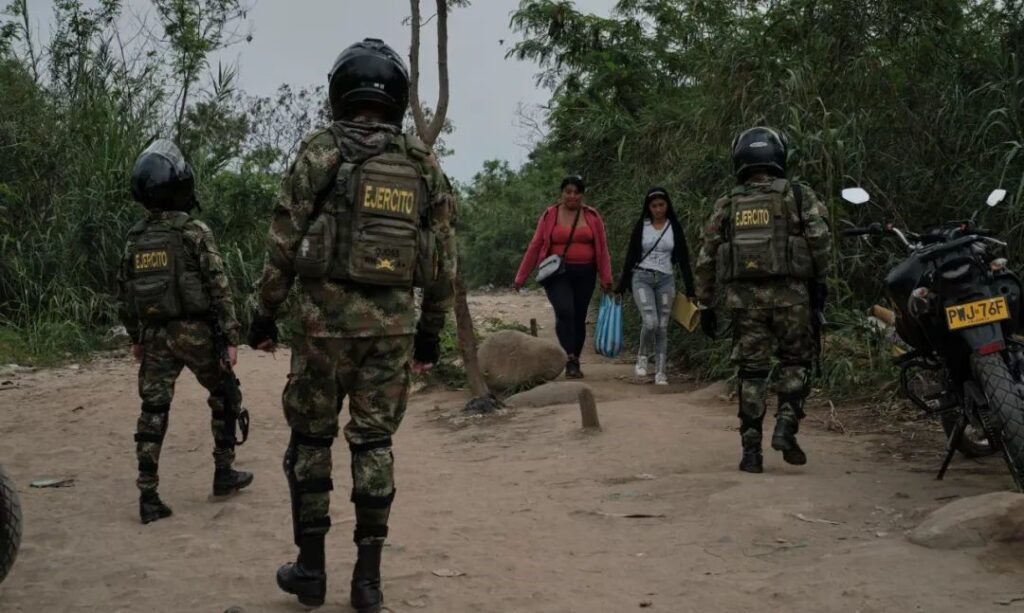
They bought radio advertisements and sought help from a pastor, but still received no news of their son.
As other border residents say, “People disappear easily here, like doves from a magician’s hat.”
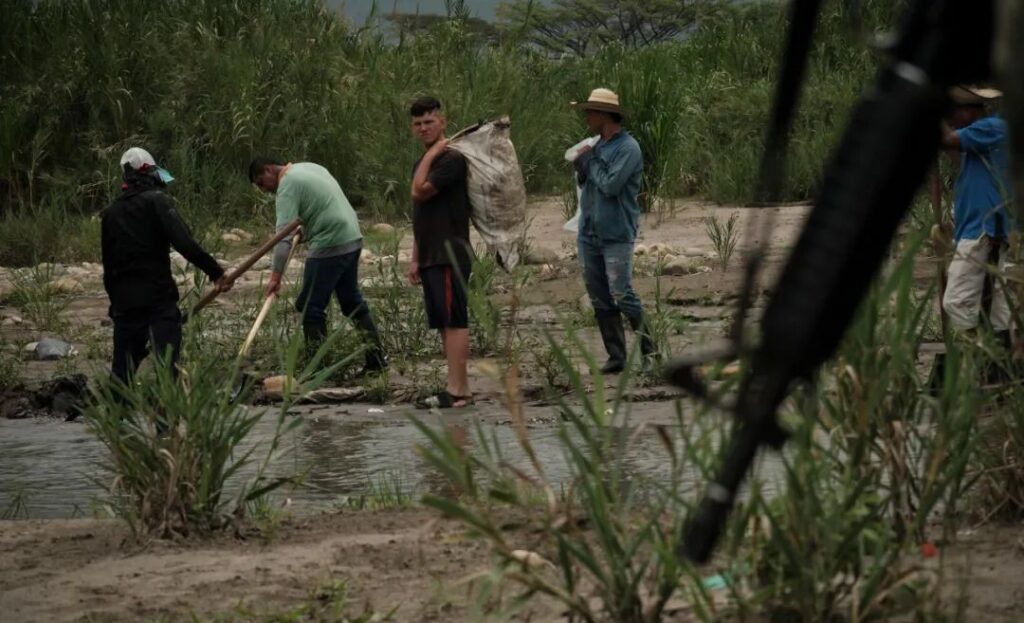
There’s also Aura, a 79-year-old mother who lost her daughter Nelly in 2018. She recalls that her daughter left home that day, saying she wanted to use the money from selling smuggled gasoline to pay off debts, but she never returned.
The last time Nelly contacted her family, she was preparing to walk down an unmarked path. She said two armed members of a local gang had stopped her and forced her onto a motorcycle next to the police station.
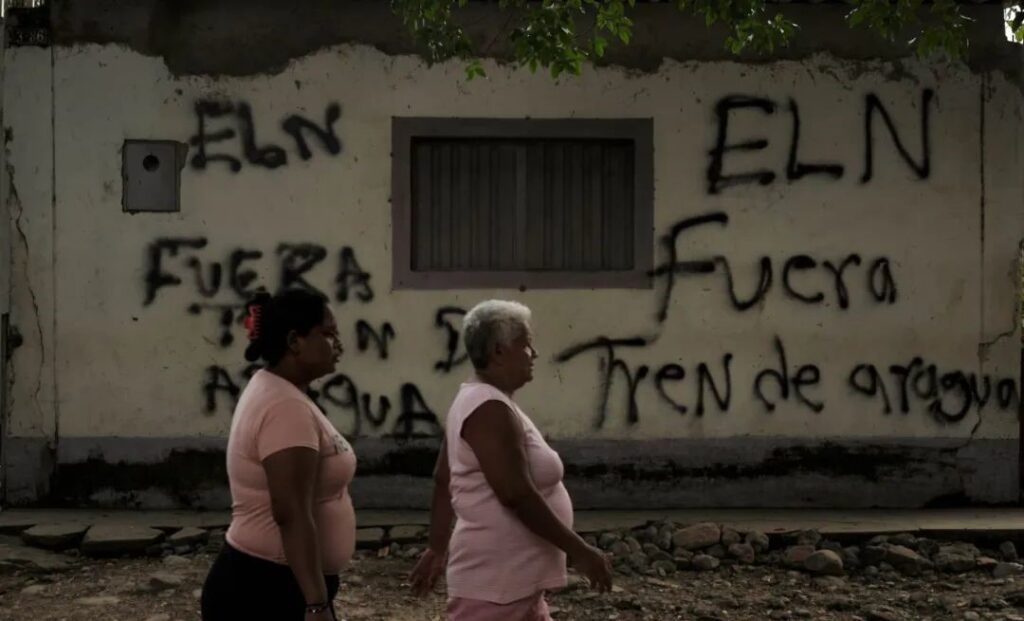
Afterward, Nelly, not waiting for her daughter’s return, sought help, but to her surprise, Colombia’s judicial system caused her more harm.
The investigation department of the National Police Bureau told her the case was closed, but when she requested to meet with the prosecutor in charge, local officials warily refused her.
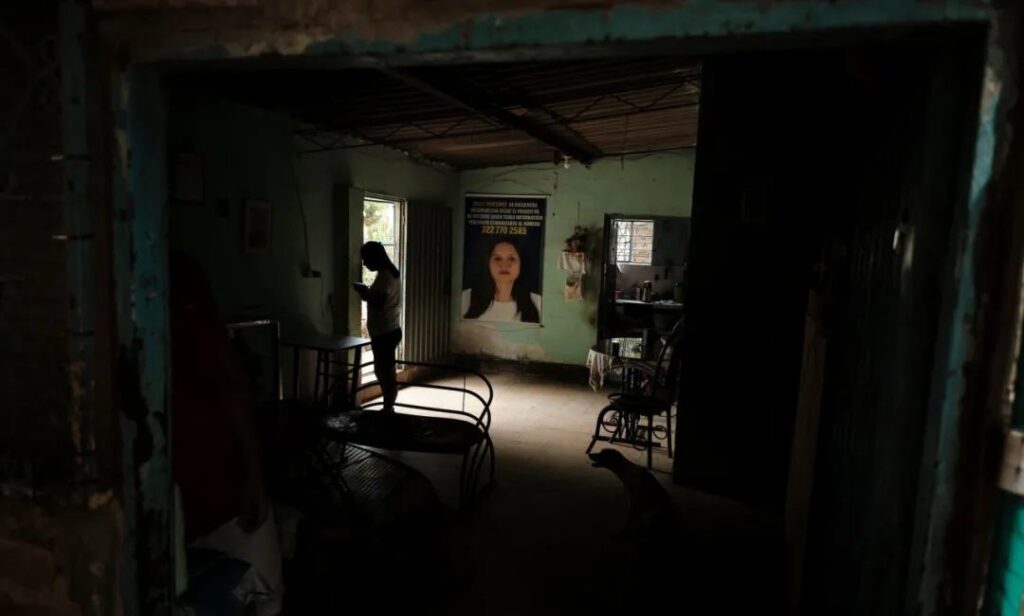
(The missing person poster for her daughter still hangs at home)
“My only concern is whether she’s dead, so we can put this to rest and properly bury her. I just want to know where she is.”
Now, the UN Committee on Enforced Disappearances’ investigation has brought the issue of missing persons in Colombia back into the spotlight.
However, the reality is that Colombia remains chaotic, and ordinary citizens often receive no results when seeking help.
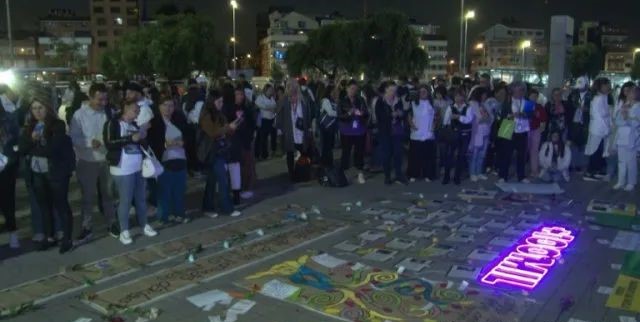
The related report mentions that the reporting rate of crimes in Colombia is severely low, and in areas controlled by illegal armed groups and organized crime, official institutions are far from functioning normally.
Due to the overwhelming number of illegal incidents, cases are often closed before being solved, or filed away without finding the bodies, leaving the government unsure of how or where to search for the many missing people.
Inter-agency buck-passing is the norm, with families of missing persons often facing insurmountable obstacles when seeking help.
“We don’t know who to turn to; the authorities often give vague answers, and they seem uninterested in discussing our situation.
We go from one institution to another, with no end in sight.”
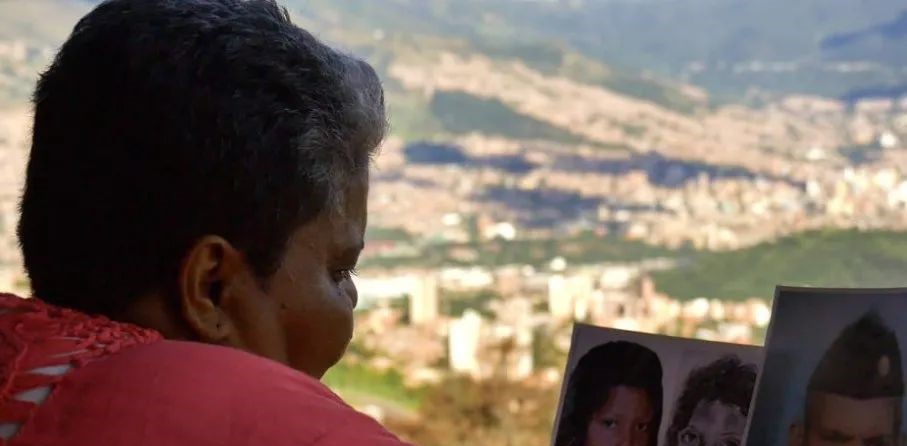
Officials have also admitted that while there are many inter-agency coordination meetings, they rarely translate into concrete action.
“We are called to meetings, and the number of meetings is increasing, leaving us with only two choices: either not attend the meetings or attend but abandon our basic work.”
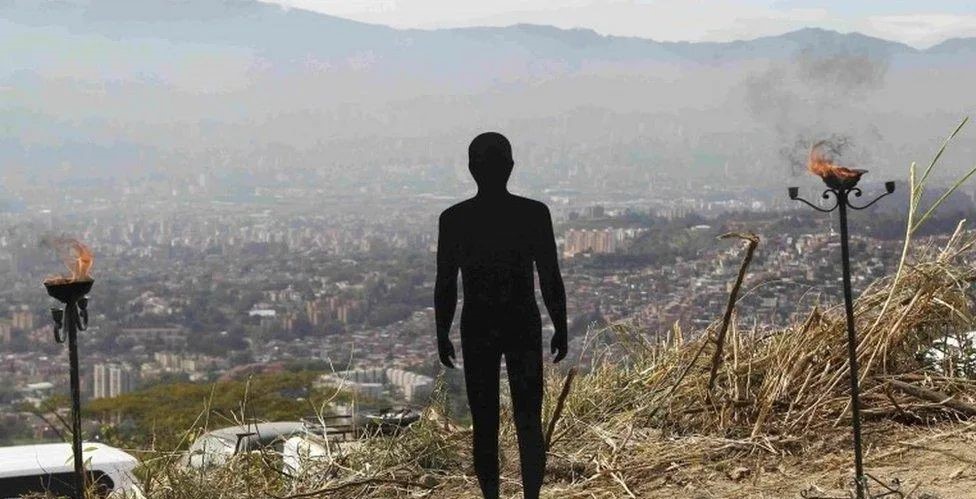
Those who have lost loved ones can only choose to live in despair, with the discovery of 20,000 bodies being just a snapshot of the country.
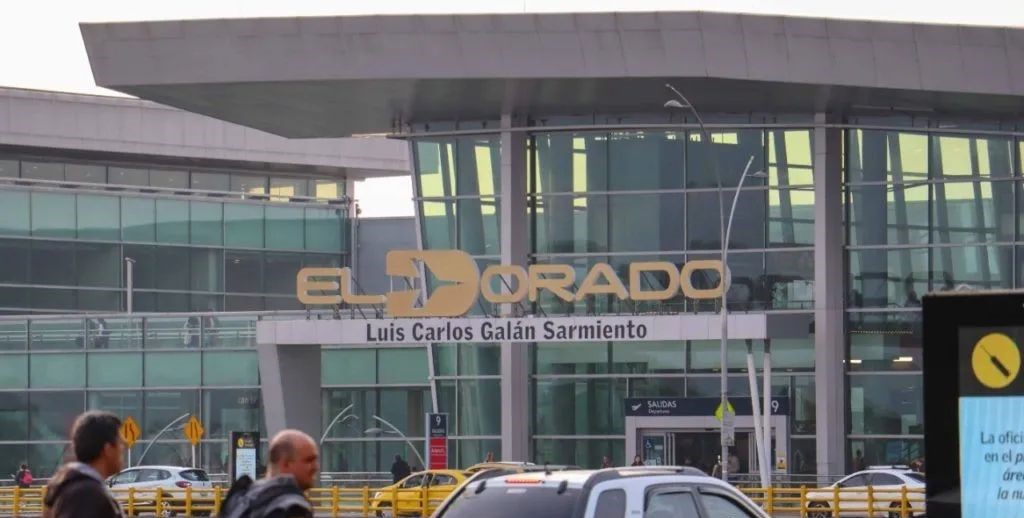
(Bogotá Airport)
It’s not a massacre or a terrorist attack but the daily, silent disappearance. This might be more despairing than explosive events…







